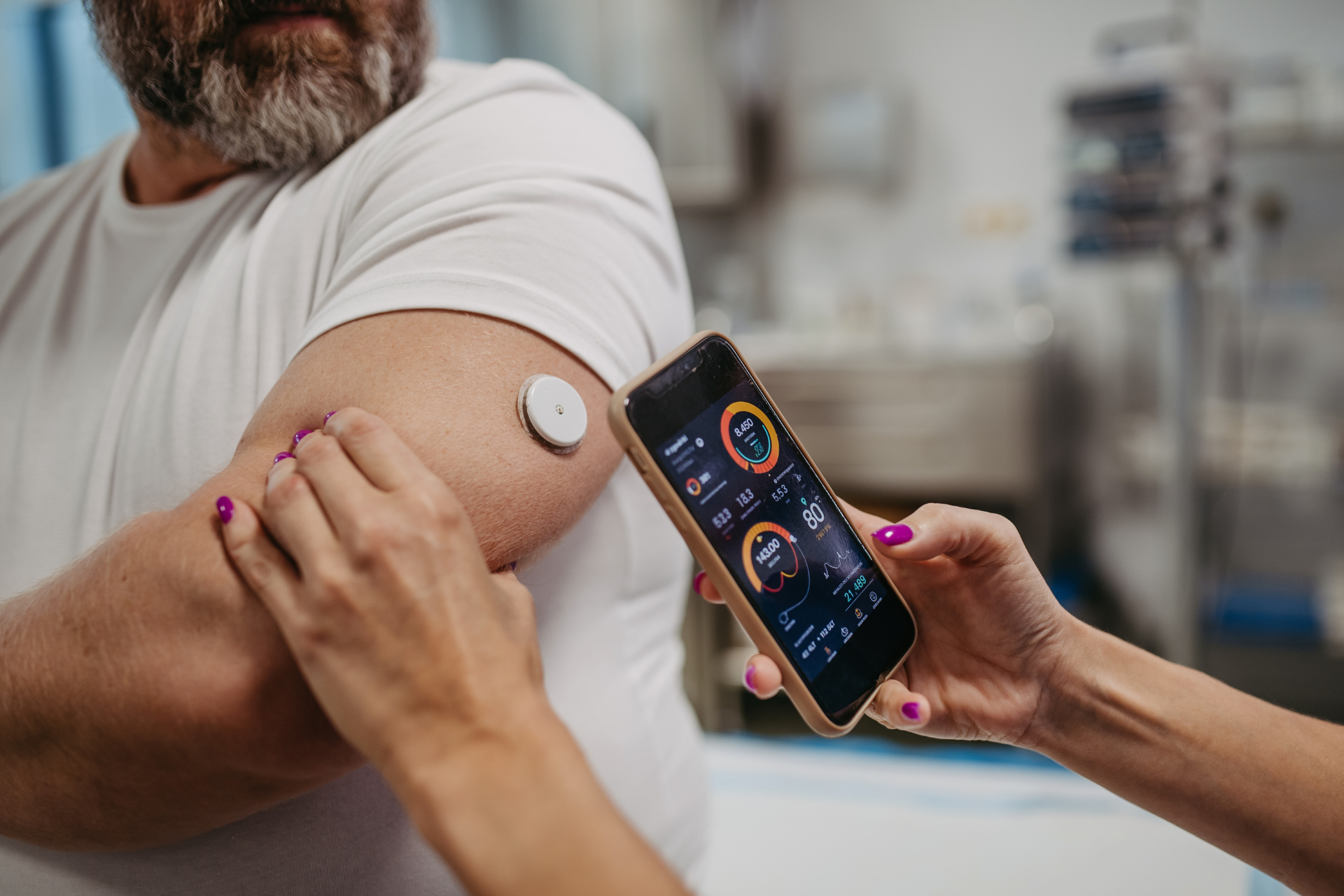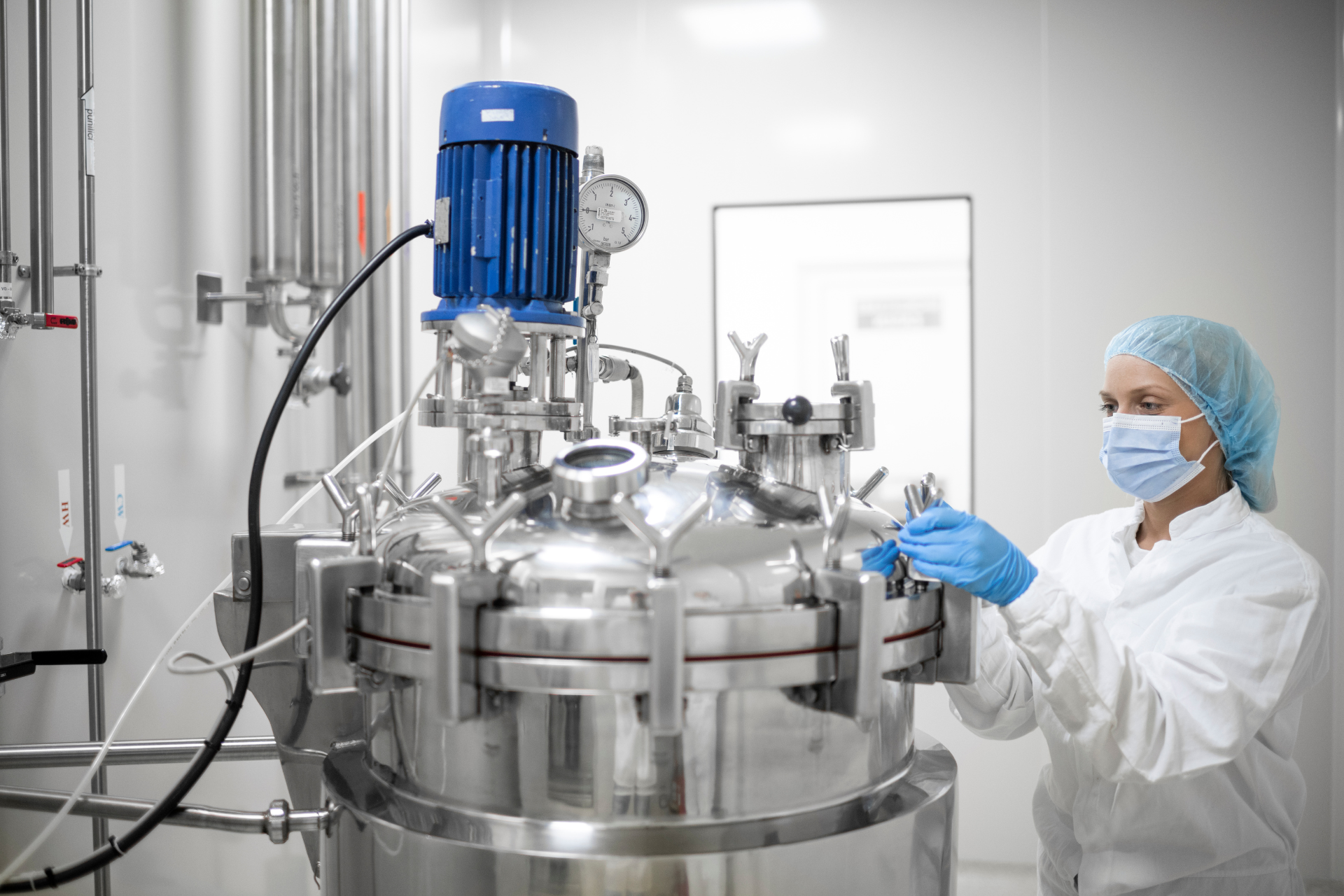The Role of Automation and Robotics in Modern Biopharma Manufacturing
The biopharmaceutical manufacturing landscape is undergoing a profound transformation, driven by advances in automation, robotics, and artificial intelligence. These technologies are not merely incremental improvements to existing processes but represent a fundamental reimagining of how medications are produced, tested, and delivered to patients.
The Automation Imperative in Biomanufacturing
For an industry that has traditionally been cautious about adopting new technologies, biopharma is now embracing automation with newfound urgency. This shift comes as manufacturing facilities face mounting pressures: cost containment demands, quality control challenges, and the need for greater manufacturing agility to support personalized medicine.
The potential for automation to address these challenges is substantial. Advanced robotic systems can now handle delicate biological materials with precision that matches or exceeds human capabilities. Smart workflows can orchestrate complex manufacturing sequences with minimal human intervention. Meanwhile, artificial intelligence can monitor production parameters in real-time, identifying potential quality issues before they affect product integrity.1
Transforming Manufacturing Efficiency
The impact of automation on manufacturing efficiency extends across multiple dimensions:
Production Consistency and Quality
Automated systems excel at performing repetitive tasks with unwavering precision. In biomanufacturing, where slight variations in process parameters can significantly affect product quality, this consistency is invaluable. Advanced monitoring systems can track hundreds of parameters simultaneously, applying sophisticated algorithms to detect subtle patterns that might indicate developing issues.
For example, in fill-finish operations – the final steps where medications are placed into their delivery containers – robotic systems can maintain sterility while achieving fill accuracy within microliters, reducing product waste and ensuring consistent dosing.
Operational Cost Reduction
The economic case for automation in biomanufacturing is compelling. While implementation requires significant upfront investment, the long-term operational savings can be substantial. Industry analysis indicates that best-practice pharmaceutical companies leveraging full automation have achieved general and administrative spending as low as 3.5 percent of revenue – significantly below the industry average of 7 percent.2
These savings come from multiple sources, many of which also support sustainability in biopharma manufacturing: reduced labor costs for routine operations, decreased waste from process variations, lower energy consumption through optimized production scheduling, and reduced quality-related failures that can lead to batch rejections.
Manufacturing Agility
Perhaps most importantly, automation enables manufacturing agility that would be impossible with traditional approaches.
Modern biomanufacturing facilities can rapidly reconfigure production lines to accommodate different products or adjust batch sizes to meet changing demand patterns. This flexibility is particularly crucial as the industry moves toward precision medicine approaches requiring smaller, more diverse production runs.
The Changing Human Element
While automation delivers operational benefits, its most profound impact may be on the human workforce that supports biomanufacturing. This transformation is reshaping roles, responsibilities, and required skills across manufacturing organizations.
Workforce Evolution
Manufacturing jobs are not simply disappearing – they're evolving. Repetitive, physically demanding tasks are increasingly handled by robots, freeing human workers to focus on higher-value activities that leverage uniquely human capabilities. However, this transition will not be evenly distributed.
Production workers such as manufacturing technicians and packaging operators will experience the most significant disruption, as their work often involves precisely the standardized, repetitive tasks that automation excels at performing.
Industry projections suggest that up to 30 percent of the biomanufacturing workforce could be displaced by automation by 2030.3
The New Skills Imperative
For employees remaining in the transformed manufacturing environment, the required skill profile is changing dramatically.
The successful biomanufacturing professional of the future will need capabilities in several areas:
- Technical fluency: Understanding the fundamental operating principles of automated systems, not merely to operate them but to troubleshoot issues when they arise
- Data interpretation: Extracting meaningful insights from the vast quantities of process data generated by automated manufacturing systems
- Systems thinking: Comprehending how changes in one manufacturing parameter might affect downstream processes and overall product quality
- Problem-solving: Addressing novel challenges that emerge in highly automated environments where standard operating procedures may not apply
To meet these evolving skill requirements, leading biopharmaceutical companies are implementing comprehensive workforce development initiatives. These programs often combine formal training, on-the-job experience, and advanced simulation environments where employees can safely practice managing complex manufacturing scenarios.
The Path Forward
While the automation journey in biomanufacturing is well underway, significant work remains to fully realize its potential. Organizations advancing in this space are focusing on several key priorities:
- Process simplification: Streamlining manufacturing workflows before automation, rather than simply automating inefficient legacy processes
- Strategic workforce planning: Developing comprehensive strategies to retrain existing employees for new roles while recruiting for emerging skill sets
- Change management: Creating organizational cultures that embrace technological innovation while addressing employee concerns about job security
- Agile operating models: Implementing more flexible approaches to manufacturing that can rapidly incorporate new automation technologies as they emerge
Companies that successfully navigate these priorities will be well-positioned to create manufacturing environments that combine the precision and efficiency of automation with the creativity and adaptability of human workers.
Looking Ahead
The future of biomanufacturing will be defined not by technology alone but by the unique collaboration between advanced automation and skilled human operators. As robotics systems become more sophisticated and AI capabilities more nuanced, the division of responsibilities between human and machine will continue to evolve.
The most successful organizations will be those that view automation not simply as a cost-cutting measure but as a strategic capability that can enhance overall manufacturing performance while creating more engaging, intellectually stimulating roles for their workforce. In this vision of the future, automation doesn't replace human potential – it amplifies it.
To discuss your organization's talent needs in this evolving landscape, contact The Pharma:Health Practice today.
Footnotes
1. "How pharmaceutical companies are training their workers on AI," Business Insider, March 2025. ↩
2. "Automation and the future of work in the US biopharma industry," McKinsey & Company, August 2020. ↩
3. "Agility Robotics CEO tells BI how its humanoid robots are entering the workforce," Business Insider, November 2024. ↩











